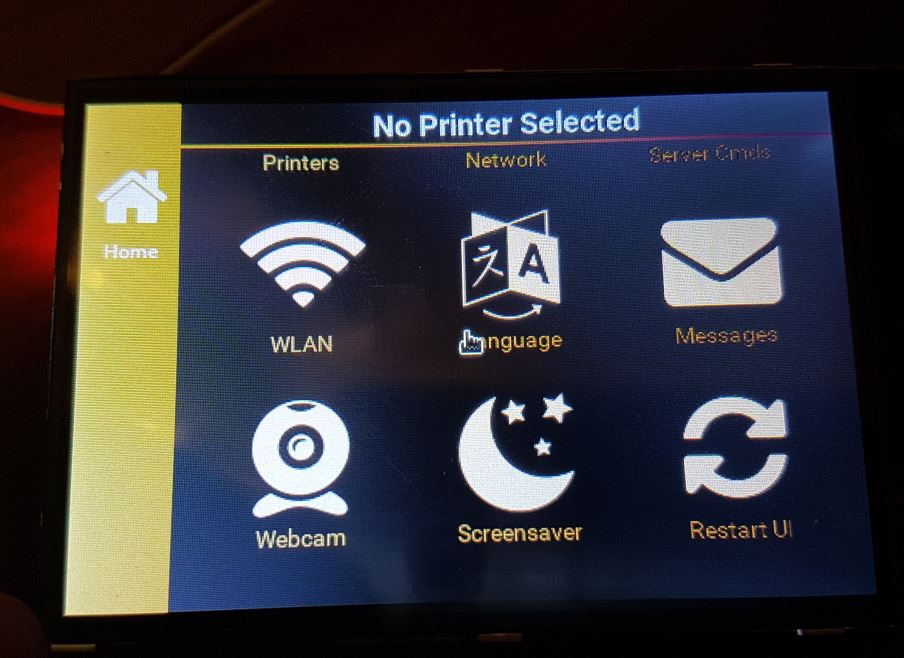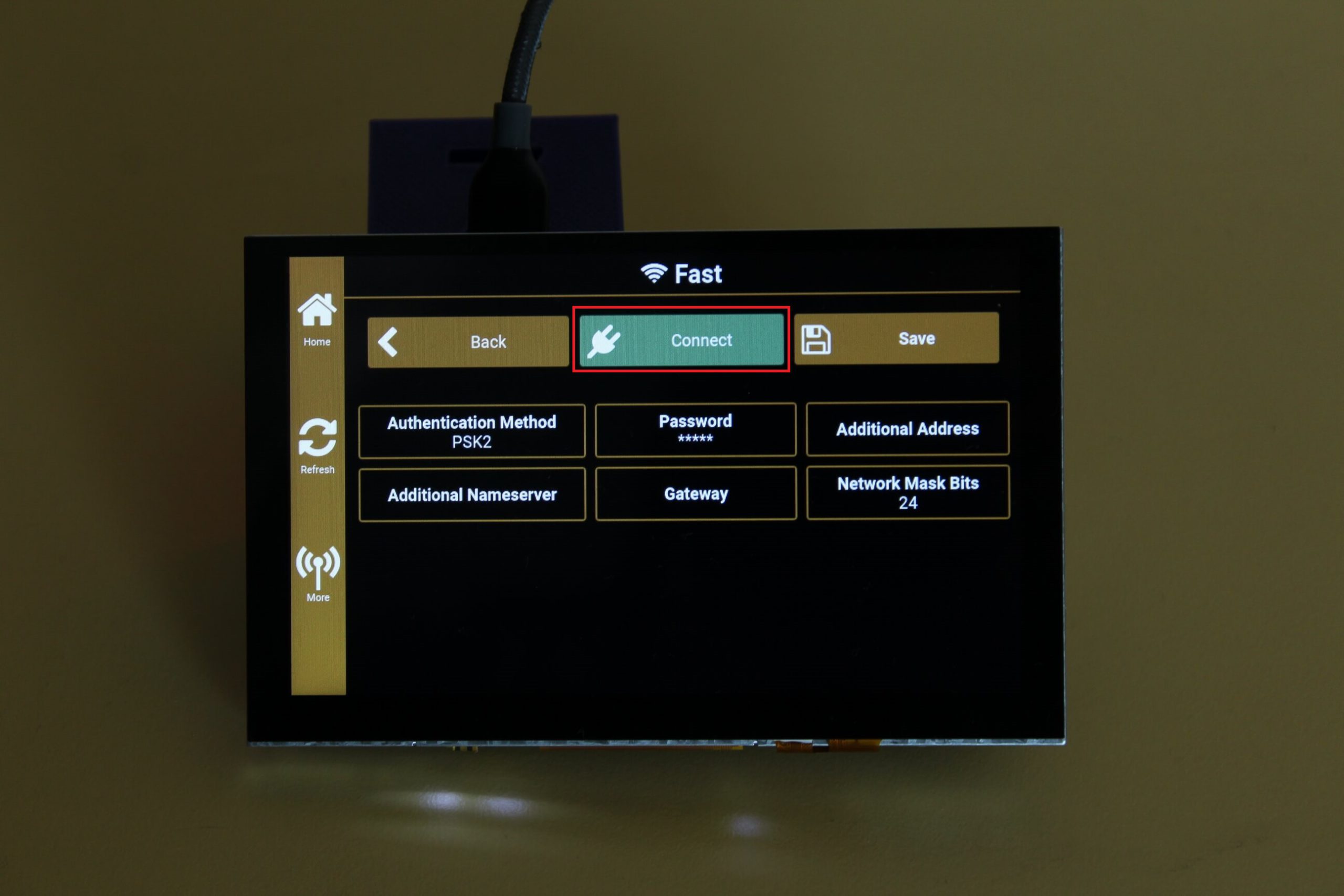
- RASPBERRY PI ZERO W REPETIER SERVER HOW TO
- RASPBERRY PI ZERO W REPETIER SERVER UPGRADE
- RASPBERRY PI ZERO W REPETIER SERVER SOFTWARE
- RASPBERRY PI ZERO W REPETIER SERVER TRIAL
You need to repeat the process on the opposite side, and bolt everything in position before removing the clamps and the spare corner brackets. Then, using a spare corner bracket, I moved the X-carriage to the end of its rail and clamped the upper rail in position. To set the tension in the X axis, I first fixed the lower rail in place with the X-carriage in situ. Now, by turning the cog into a new position and rebuilding the carriage, I can change the tension on the wheels. A few penny washers ensure everything stays in place. I then added the corresponding cog-shaped hole into the side of the Y-carriage. I took the spacer from my design and mounted it onto an offset cog. These spacers wouldn’t work with my design, but they did inspire the solution.

You turn the spacer in order to adjust the tension of the wheel. My donor printer uses eccentric spacers to solve this problem (a spacer with an off-centre hole).
RASPBERRY PI ZERO W REPETIER SERVER TRIAL
As each carriage took over six hours to print, it was not practical to move the holes for the axles on a trial and error basis. On my first attempt at making the Y-carriage, the wheels were too close together, only by a fraction of a millimetre, but the carriage would bind up and stop moving.
RASPBERRY PI ZERO W REPETIER SERVER HOW TO
The next issue was how to stop the wheels in the Y-carriage from binding. I originally thought that I would trim the uprights to size at the end, but I decided to leave them to allow for thicker stock materials. My solution was to use two vertical sections of frame braced with two 45 mm sections, on each side. There was a lot of flex within the frame, I managed to snap one of the acrylic brackets by just moving the printer around. The original printer had the Z axis attached to the base by a bolt and a small bracket. My first problem was how to stop the machine from flexing backwards and forwards.

This entailed swapping the central bars with the outside bars along the Y axis, so that the Y-carriage will run on the edge of the frame, and the spoil board will be supported underneath. Other decisions to make at this stage were:įirst, I reorganised the base of the printer. Non-structural components were printed at 10% infill, two perimeters, and two top and bottom layers. Structural components were printed at 30% infill, four perimeters, and three top and bottom layers. For now, each component was designed with consideration to its orientation during printing, as this will affect its strength. I designed the main components with the idea of being able to replace them with 5 mm aluminium plate in the future.

This gives a better-quality nish to workpieces and can open up the range of materials to work with. Now back to reality! I’ve got a 3D printer, therefore many of the components will be printed. Of course, everyone wants a beautiful machine that does everything, costs nothing, and is working within seconds. In short, planning out the project first may feel like it’s using up time, but in the long term, it saves much more time (and money) than it takes up.Įvery part of any project has to be a compromise. This approach should save me a lot of time and filament by reducing the amount of 3D printing needed.
RASPBERRY PI ZERO W REPETIER SERVER SOFTWARE
I opted to use Fusion 360 to design the machine, because I could create the whole machine in software first, checking components fit together before printing them. I finally bought a HC Maker 7 – a CR-10 clone with a 30 × 30 cm heated bed. It’s also worth looking at second-hand machines, especially ones listed as ‘for parts’ or ‘not working’. I identified some new 3D printer kits for around £110.

RASPBERRY PI ZERO W REPETIER SERVER UPGRADE
I could upgrade the motors and spindle at a later date. A heated build plate would be nice, as it would have a bigger power supply.Linear rails or (V-groove) wheels – NOT unsupported rods, as these can flex.A frame made from 20 × 20 aluminium profile, not one cut from sheet material.Now for the donor printer – it has to have: I also have some T-nuts and other bits left over from a 3D printer project, which should keep the cost down for extra parts. That would work for the spindle and the Z rails. Having a look in my salvaged parts bin, I could use a DC motor and some linear rails pulled from some old inkjet printers.


 0 kommentar(er)
0 kommentar(er)
